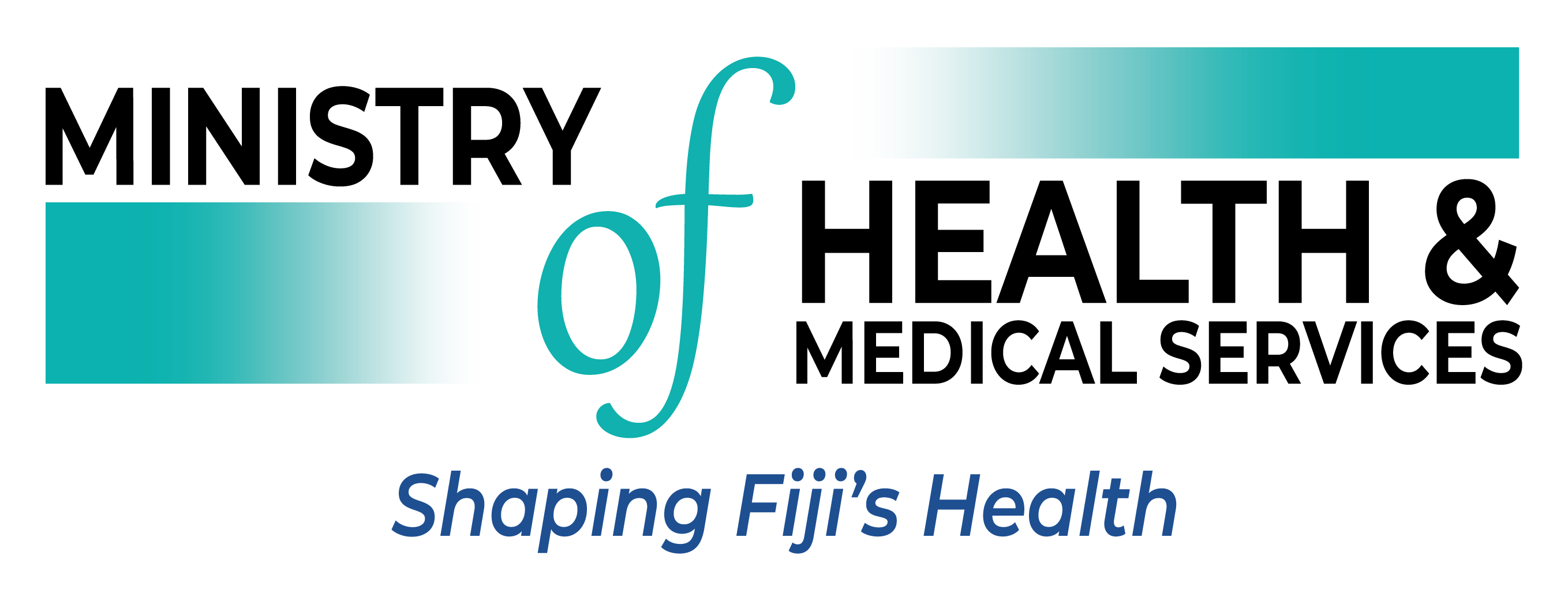Understanding Health Checks
Health checks, also known as ‘screening’, are an important part of staying well, especially for adults over 30 years old. These simple tests can detect changes in our health that we might not notice, so we can prevent Non-Communicable Diseases (NCDs) like diabetes and heart disease before they take hold. Alternatively, if a health check shows that you do have a NCD, or are at risk of developing one, you can learn how to change your diet, what medicines to take, and so on.
When you go for a health check, the nurse or doctor will tell you your “numbers”, the results from the tests. Here’s a guide to what they mean.
BMI
Body Mass Index (BMI) is your weight in kilograms divided by the square of your height in meters. Body mass can indicate conditions such as obesity which may led to further health complications. The table below explains what your BMI number might mean. If you don’t know your BMI, you can calculate it here.
| BMI | Weight Status |
| Below 18.5 | Underweight |
| 18.5 – 24.9 | Normal or Healthy Weight |
| 25.0 – 29.9 | Overweight |
| 30.0 and Above | Obese |
Blood Pressure
Blood pressure (BP) is a measure of the force that your heart uses to pump blood around your body. Blood pressure can be high, normal or low. Your blood pressure is typically displayed as two numbers, e.g. “118/78”. The above number (“systolic”) shows your blood pressure at its highest as your heart pumps blood around the body. The below number (“diastolic”) shows when your heart is resting before it pumps again, and pressure is at its lowest. High blood pressure can be an indicator for cardiovascular diseases such as heart attack and stroke.
Below explains what your BP reading might mean. If you’re worried about your BP, visit your GP or a health centre.
| Blood Pressure Levels | |
| Normal | systolic: less than 120 mmHg
diastolic: less than 80mmHg |
| At risk (prehypertension) | systolic: 120–139 mmHg
diastolic: 80–89 mmHg |
| High | systolic: 140 mmHg or higher
diastolic: 90 mmHg or higher |
Random Blood Sugar
A Random Blood Sugar test (also called a Random Blood Glucose test) is a blood-sugar test taken after you’ve been eating normally and not fasting. This test is a way to detect Type 2 diabetes. The Ministry of Health considers a healthy RBS number to be between 4.4 – 8. If your number is higher than the healthy range, visit your GP or a health centre.
Last Updated on 9 years by Publishing Team
